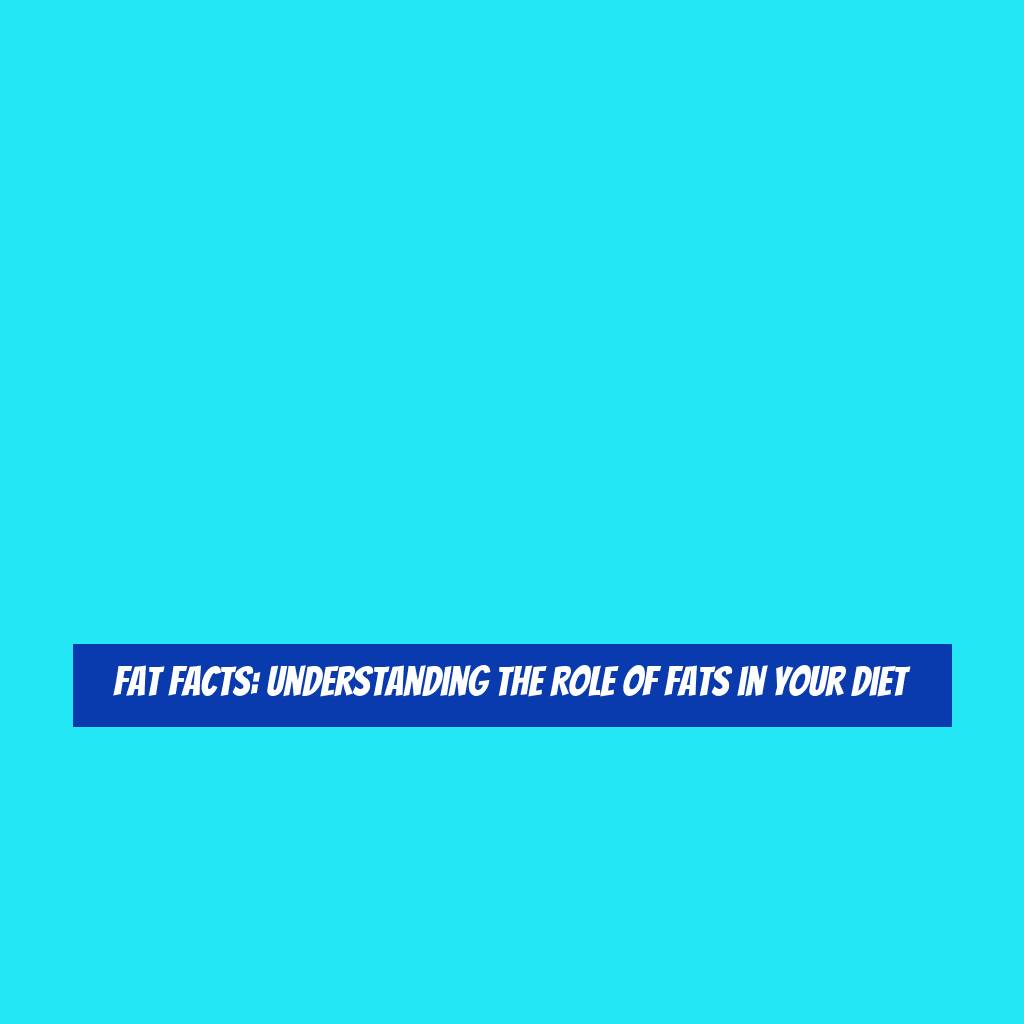Fat Facts: Understanding the Role of Fats in Your Diet
Navigating the world of dietary fats can be like finding your way through a complex maze. With so much conflicting information out there, itG??s easy to feel lost when it comes to understanding the role of fats in your diet. But fear not, because thereG??s a straightforward approach to unraveling the mystery of fats and making informed choices for your health.
So, where do you begin? Well, letG??s start by shedding light on the basics of dietary fats and the different types you encounter in your everyday eating habits.
The Basics of Dietary Fats
Understanding the basics of dietary fats is essential for making informed choices about your nutrition. When it comes to fats, there are different types to consider.
Saturated fats, found in animal products and some plant oils, can increase your cholesterol levels and risk of heart disease.
On the other hand, unsaturated fats, found in fish, nuts, and vegetable oils, can have a positive impact on your health by lowering bad cholesterol levels.
Trans fats, often found in processed and fried foods, should be avoided as they can raise bad cholesterol and lower good cholesterol levels.
ItG??s important to note that fats are high in calories, so moderation is key. When looking at food labels, keep an eye out for the total fat content, as well as the types of fats listed.
Being mindful of the types and amounts of fats you consume can help you maintain a healthy and balanced diet.
Types of Dietary Fats
When considering the types of dietary fats, itG??s important to distinguish between saturated fats, unsaturated fats, and trans fats to make informed choices about your nutrition.
Saturated fats are usually solid at room temperature and are commonly found in animal products such as meat and dairy. TheyG??re known to increase LDL cholesterol levels and are often linked to heart diseases.
Unsaturated fats, on the other hand, are typically liquid at room temperature and can be divided into two categories: monounsaturated and polyunsaturated fats. These fats are mostly found in plants and fish, and they can help lower LDL cholesterol levels, reducing the risk of heart disease.
Trans fats are artificially created through hydrogenation and are commonly found in processed and fried foods. They not only raise LDL cholesterol levels but also lower HDL cholesterol levels, making them the worst type of fat for your health.
Understanding the differences between these dietary fats can empower you to make healthier choices for your overall well-being.
Understanding Good Fats
You can improve your diet by incorporating G??goodG?? fats, which are known to have various health benefits when consumed in moderation. Good fats, such as monounsaturated and polyunsaturated fats, can help lower your risk of heart disease and stroke. These fats are typically found in foods like avocados, nuts, seeds, and certain oils like olive, canola, and sunflower oil.
Incorporating good fats into your diet can also help with the absorption of fat-soluble vitamins such as A, D, E, and K. These vitamins are essential for various bodily functions, including maintaining healthy skin, supporting your immune system, and promoting good vision. By consuming good fats, you can ensure that your body is able to effectively utilize these important nutrients.
Furthermore, good fats can contribute to improved insulin sensitivity, which is beneficial for managing blood sugar levels and reducing the risk of type 2 diabetes. They also play a role in reducing inflammation in the body, which is associated with chronic diseases such as arthritis and certain types of cancer.
Impact of Bad Fats
Consuming excessive amounts of bad fats can significantly increase your risk of developing heart disease and other serious health issues. Bad fats, such as trans fats and saturated fats, can have detrimental effects on your body. HereG??s how they impact your health:
-
Raised Cholesterol Levels: Bad fats can raise your LDL (low-density lipoprotein) cholesterol levels, commonly known as G??badG?? cholesterol. This can lead to the buildup of plaque in your arteries, increasing the risk of heart disease and stroke.
-
Increased Inflammation: Bad fats can trigger inflammation in the body, which is linked to a higher risk of chronic conditions like diabetes, arthritis, and certain types of cancer.
-
Weight Gain and Obesity: Bad fats are calorie-dense, and consuming them in excess can lead to weight gain and obesity. Being overweight or obese further elevates the risk of developing cardiovascular problems and other health issues.
Incorporating Healthy Fats Into Your Diet
Incorporating healthy fats into your diet can improve your overall health and well-being. To do this, opt for foods rich in monounsaturated and polyunsaturated fats such as avocados, nuts, seeds, and fatty fish like salmon. These healthy fats can help lower bad cholesterol levels and reduce your risk of heart disease. Cooking with olive oil or using it as a salad dressing is an easy way to introduce more monounsaturated fats into your meals.
Additionally, swapping out unhealthy snacks for a handful of nuts can provide you with a satisfying crunch while adding healthy fats to your diet.
You can also incorporate omega-3 fatty acids into your diet by consuming foods like flaxseeds, chia seeds, and walnuts. These essential fats play a crucial role in brain function and may reduce the risk of heart disease. Adding these ingredients to your morning smoothie or sprinkling them over yogurt can be a simple way to boost your intake of omega-3 fatty acids.
Conclusion
So, now that you understand the basics of dietary fats, you can make informed choices about the types of fats you include in your diet. Remember to focus on incorporating healthy fats, like those found in avocados and nuts, while minimizing your intake of bad fats, such as trans fats.
By making these small changes, you can improve your overall health and well-being. Keep making smart choices and feel good about what youG??re putting into your body!



